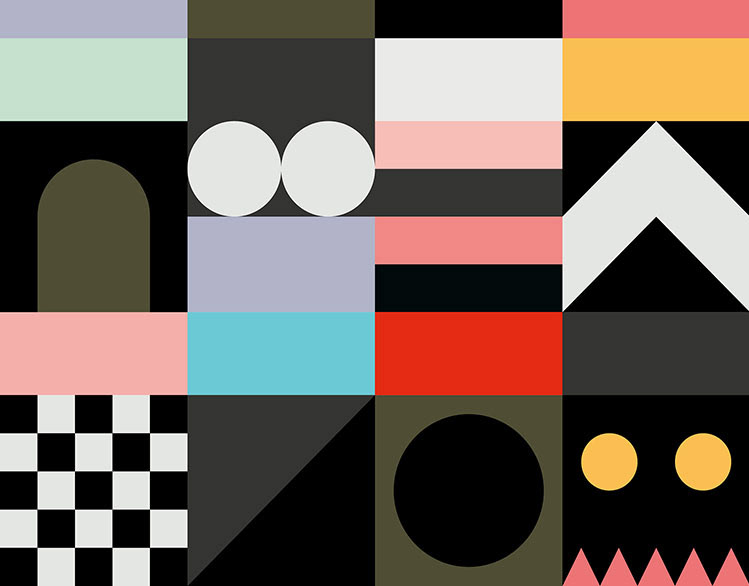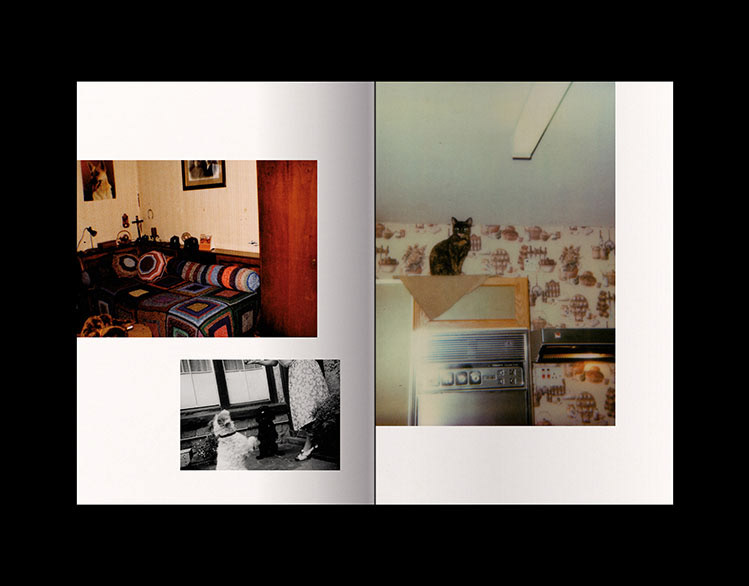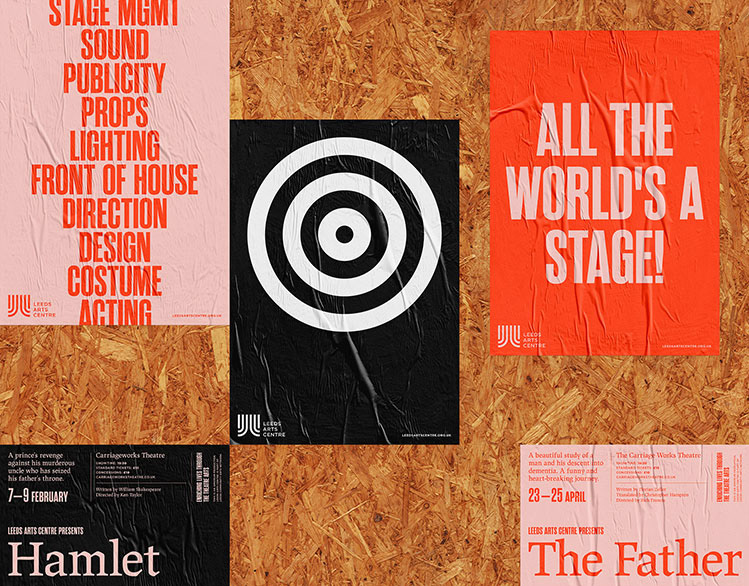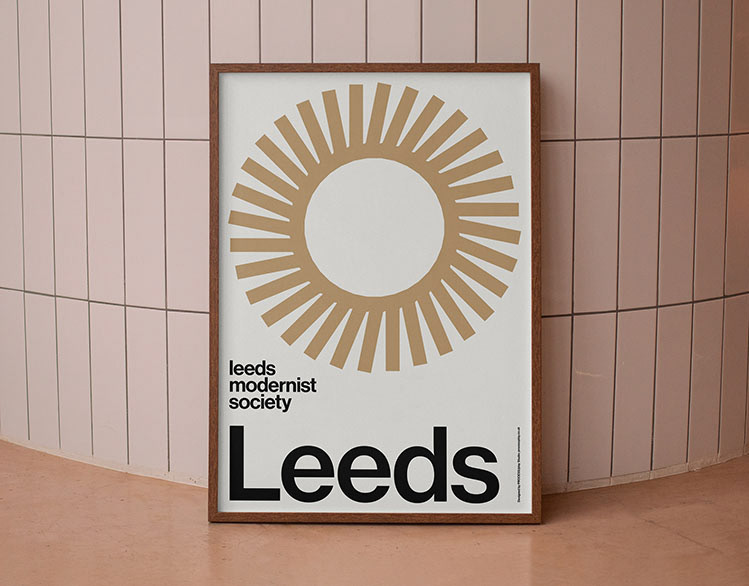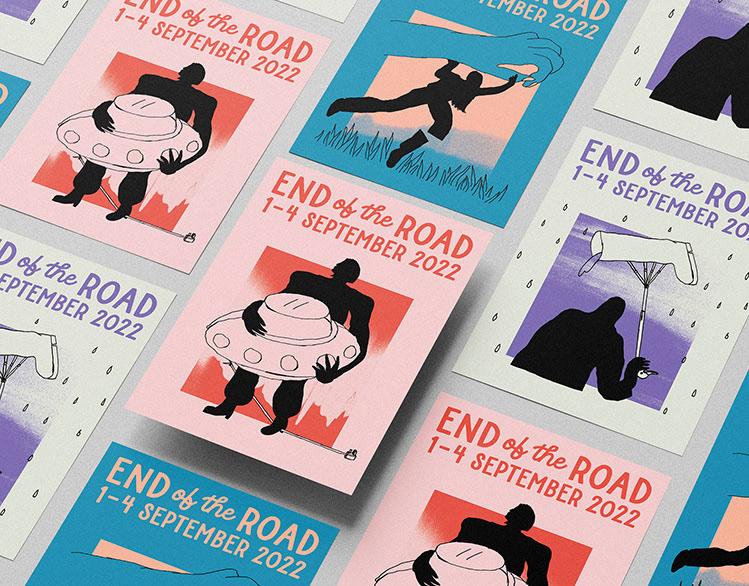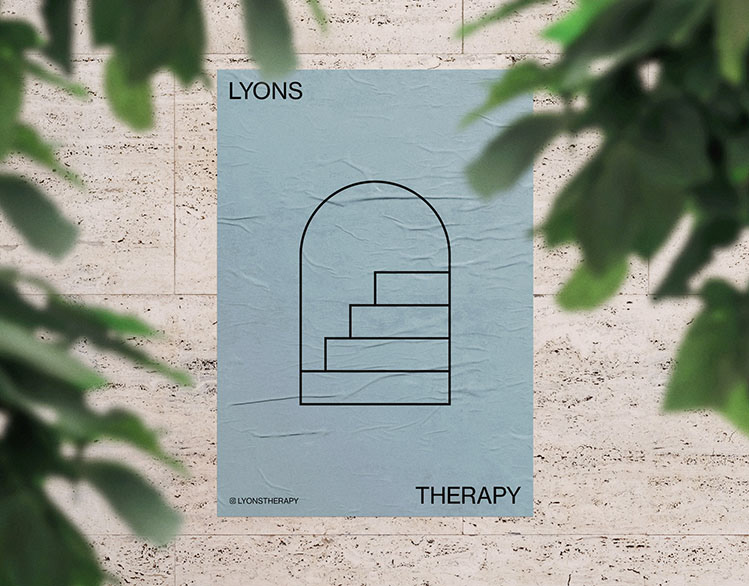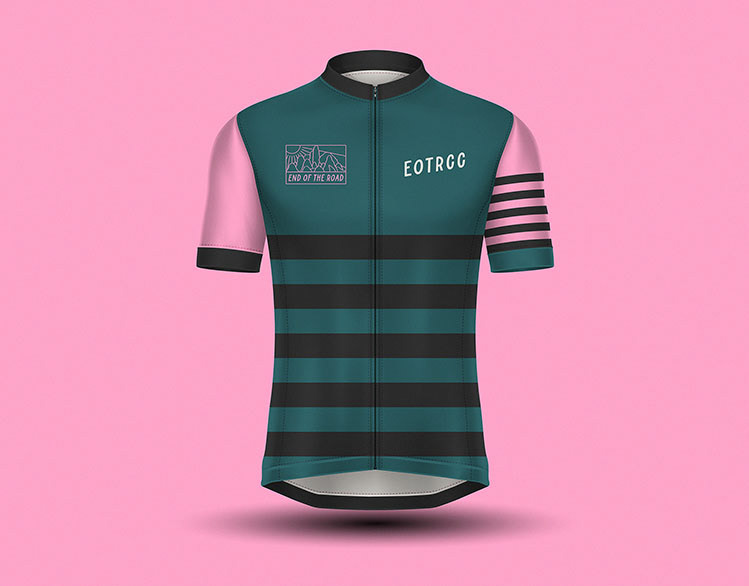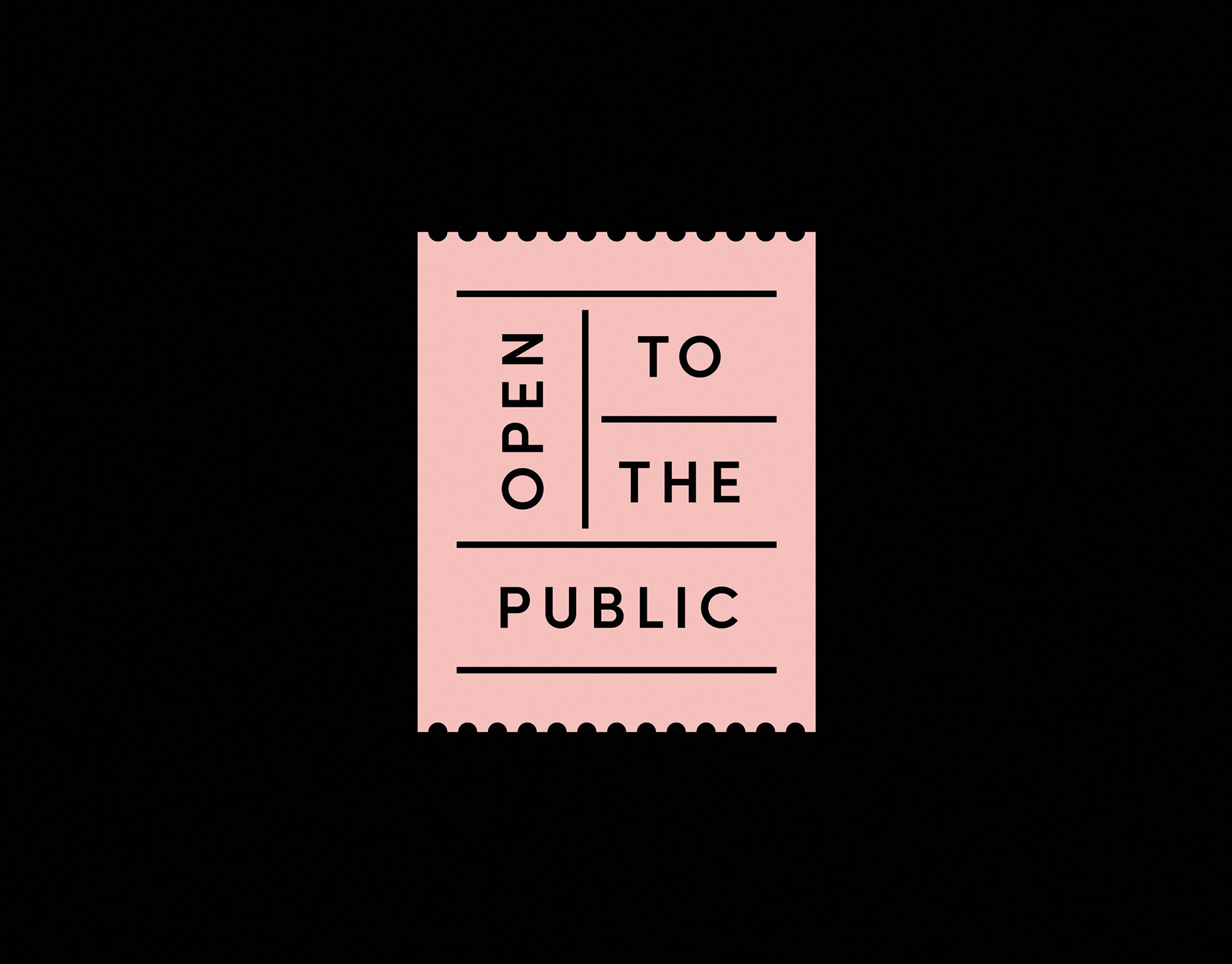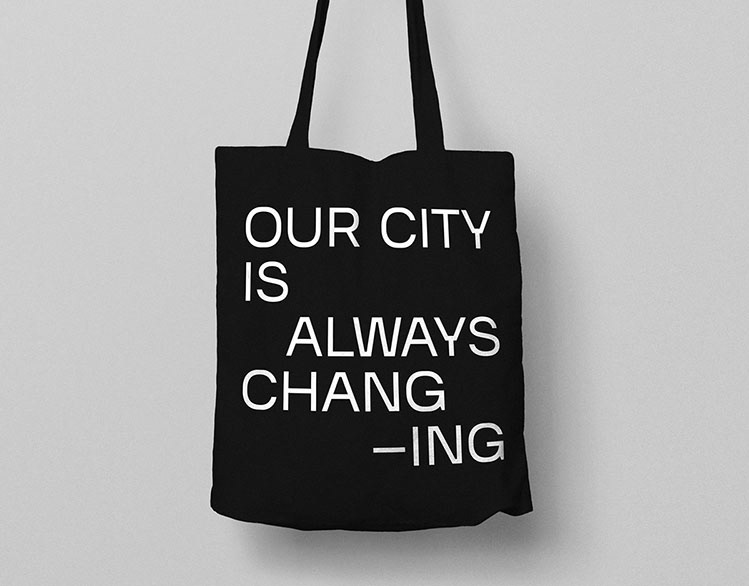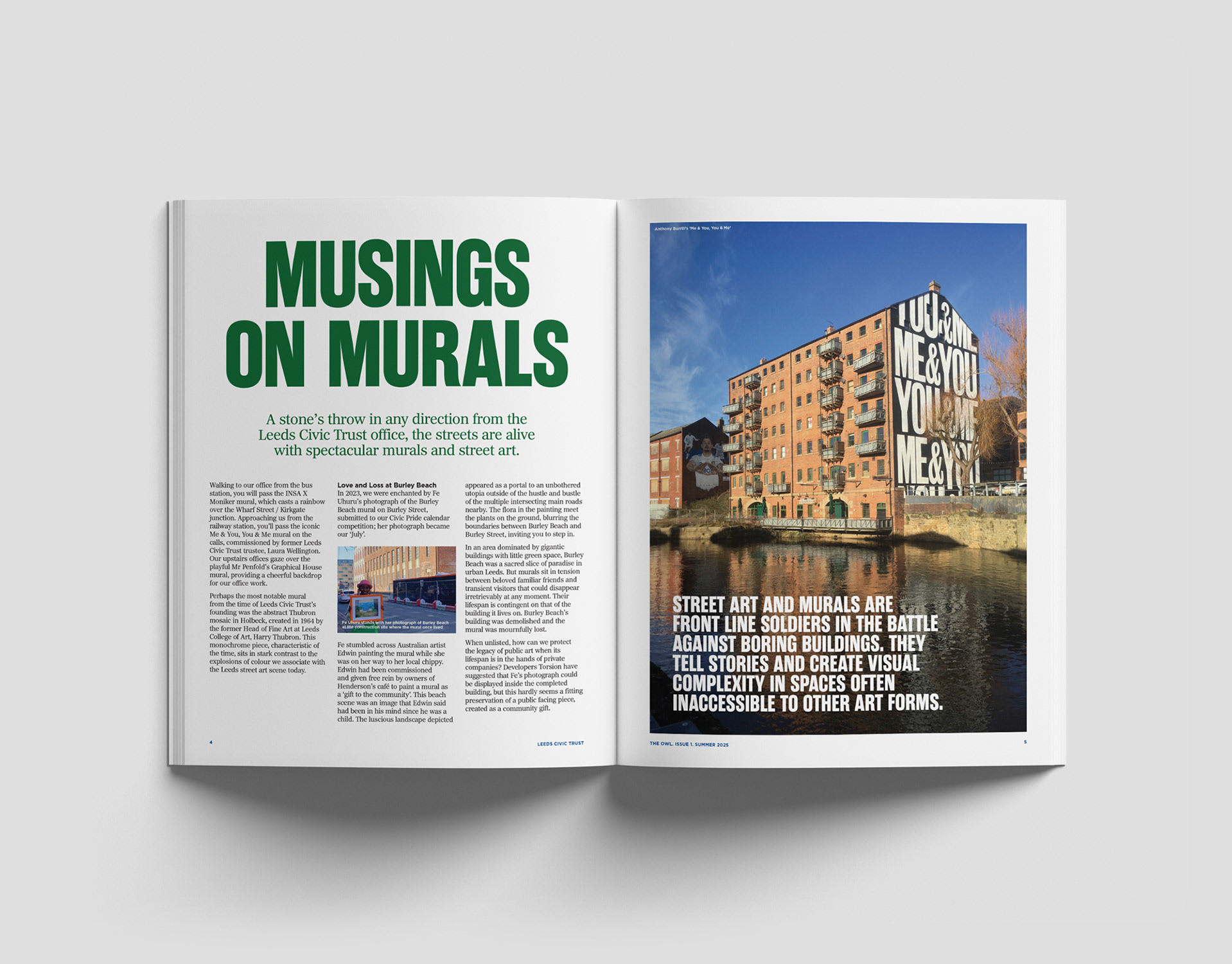Questions by Zoe Myatt
What is the reasoning behind the name Process play?
It’s an attempt to combine what informs my work – structure and experimentation, trying to capture something somewhere between methodical thinking and intuition.
It’s an attempt to combine what informs my work – structure and experimentation, trying to capture something somewhere between methodical thinking and intuition.
Can you pin point a time in your life when your interest in graphic design began?
Growing up I was obsessed with album cover art (back in the days of CDs). I was fascinated by how the cover and booklet design had the power to enrich and expand the world in which the music existed.
Growing up I was obsessed with album cover art (back in the days of CDs). I was fascinated by how the cover and booklet design had the power to enrich and expand the world in which the music existed.
Can you describe your studio environment? (feel free to attach an image of your studio space)
Haha, a mess at the moment!. I'm currently working from home with all that's going on in the world and have recently moved house too – so it's lots of boxes, tins of paint and piles of books!
Haha, a mess at the moment!. I'm currently working from home with all that's going on in the world and have recently moved house too – so it's lots of boxes, tins of paint and piles of books!
How have you found working as a studio through the pandemic?
It's been tough for everyone hasn’t it? As graphic designers, I think we've had it easier than a lot of other professions, in the sense that we can generally adapt and work remotely without too much disruption.
It's been tough for everyone hasn’t it? As graphic designers, I think we've had it easier than a lot of other professions, in the sense that we can generally adapt and work remotely without too much disruption.
Do you have a process when it comes to approaching new briefs, such as idea generation and research?
It starts with questions and listening, a process of trying to get to the essence of what the problem is and what needs to be communicated. From that point of clarity and understanding comes a dance with words, concepts, themes, sketches, research, experiments, trials, errors, frustration and sometimes brief moments of joy. Once an idea grips, it’s a matter of chasing it down the rabbit hole to find out what it’s really all about and if it works. Or if it doesn’t work, then letting it go – the letting go of interesting ideas that aren’t quite right for a specific project can be a difficult thing and requires a certain creative ruthlessness.
It starts with questions and listening, a process of trying to get to the essence of what the problem is and what needs to be communicated. From that point of clarity and understanding comes a dance with words, concepts, themes, sketches, research, experiments, trials, errors, frustration and sometimes brief moments of joy. Once an idea grips, it’s a matter of chasing it down the rabbit hole to find out what it’s really all about and if it works. Or if it doesn’t work, then letting it go – the letting go of interesting ideas that aren’t quite right for a specific project can be a difficult thing and requires a certain creative ruthlessness.
There is a consistent element of colour, shape and texture in your work, how does this inform your work?
That’s a really interesting observation. I try to let the demands of the brief inform all design considerations including colour, shape and texture, without projecting a pre-determined aesthetic on to a project. However, there are certain areas that I am drawn to – modularity, simplicity, utility, playfulness – I guess something of a designer's personality and sensibility will always come through in the work.
That’s a really interesting observation. I try to let the demands of the brief inform all design considerations including colour, shape and texture, without projecting a pre-determined aesthetic on to a project. However, there are certain areas that I am drawn to – modularity, simplicity, utility, playfulness – I guess something of a designer's personality and sensibility will always come through in the work.
When working with a client, how do you balance what you think is the best route and what the client wants?
Great question. It helps to work with people who share a positive creative outlook and appreciation of design. When differences of opinion do occur, I think it’s more about intent than content. If the intent is good, then there’s almost always a way of working through things together without sacrificing any of the project's integrity.
Great question. It helps to work with people who share a positive creative outlook and appreciation of design. When differences of opinion do occur, I think it’s more about intent than content. If the intent is good, then there’s almost always a way of working through things together without sacrificing any of the project's integrity.
If you could give advice to graphic design graduates, what would it be?
Explore the things that you're passionate about – bring your interests into your design.
Explore the things that you're passionate about – bring your interests into your design.
What’s the biggest challenge you’ve faced in your career so far?
Being able to do the kind of work that I believe in, whilst keeping the lights on!
Being able to do the kind of work that I believe in, whilst keeping the lights on!
What are your plans or goals for Process Play in the future?
Just the same as they've always been – to create people-focussed design that is hopeful, meaningful and enduring.
Just the same as they've always been – to create people-focussed design that is hopeful, meaningful and enduring.
–––––––
Questions by Emily Armstrong
I am interested in your process, how would you start a design project/what are the design development stages you would go through?
Really good question. You used the word process and I think that’s exactly what design is – it’s not really the logo or the poster at the end of the project, it’s the thinking and craft that gets you to that point. I start projects with questions and listening. I’m trying to see the world through my customers eyes and understand the nature of the specific problems that they are facing. This point of understanding has to be reached so that the research, ideas and development stages have a foundation on which to be built and tested against. Ideas that don’t further a project’s aims (even if initially seductive) must be discarded – ideas that might have something in them are explored and tested further.
Really good question. You used the word process and I think that’s exactly what design is – it’s not really the logo or the poster at the end of the project, it’s the thinking and craft that gets you to that point. I start projects with questions and listening. I’m trying to see the world through my customers eyes and understand the nature of the specific problems that they are facing. This point of understanding has to be reached so that the research, ideas and development stages have a foundation on which to be built and tested against. Ideas that don’t further a project’s aims (even if initially seductive) must be discarded – ideas that might have something in them are explored and tested further.
Is there anyone who inspires the studio's work/has a big influence over?
There are some great design studios out there doing some amazing work but I think it's important to be inspired by things outside the sphere of graphic design itself. For me, the most important creative inspirations are those that challenge and change something in the way that we think about and approach the work.
There are some great design studios out there doing some amazing work but I think it's important to be inspired by things outside the sphere of graphic design itself. For me, the most important creative inspirations are those that challenge and change something in the way that we think about and approach the work.
Any advice for a final year design student?
Don’t worry about being the ‘finished article’ – no designer, or person for that matter, ever really is.
Don’t worry about being the ‘finished article’ – no designer, or person for that matter, ever really is.
What is your favourite project to date?
Haha! That’s like asking someone to pick their favourite child!
Haha! That’s like asking someone to pick their favourite child!
–––––––
Questions by Abigail Green
Is there any advice you'd give to someone trying to get into the industry?
I might not be best placed to give advice on this as I think Process Play operates somewhere on the outskirts of what might be considered 'the industry'. I think it's important to follow your interests and seek out opportunities to do the kind of work that you’re really passionate about, whether that's through employment or personal projects, collaborations etc. I’d like to think that authentic designers, doing creative work, will always shine through.
I might not be best placed to give advice on this as I think Process Play operates somewhere on the outskirts of what might be considered 'the industry'. I think it's important to follow your interests and seek out opportunities to do the kind of work that you’re really passionate about, whether that's through employment or personal projects, collaborations etc. I’d like to think that authentic designers, doing creative work, will always shine through.
If you hire, what is it you look for in a designer to join your studio? Are the specific things you look for in a portfolio?
I'm drawn to work that is at once thoughtful and expressive. The thinking behind the work and how it solves the problem at hand is really important – a designer’s attitude towards their own work goes a long way. In terms of portfolio, I appreciate that it's difficult to have a range of different projects when just finishing university but it's better to show less and be confident in what you do show.
When you have a creative block, what do you do to overcome it?
I think all projects start with some kind of creative block! it’s the foggy place from which the hard work begins. I find that gaining a deeper understanding of the project, your customer and what they are trying to achieve generally helps the fog to lift and ideas start to form.
I think all projects start with some kind of creative block! it’s the foggy place from which the hard work begins. I find that gaining a deeper understanding of the project, your customer and what they are trying to achieve generally helps the fog to lift and ideas start to form.
–––––––
